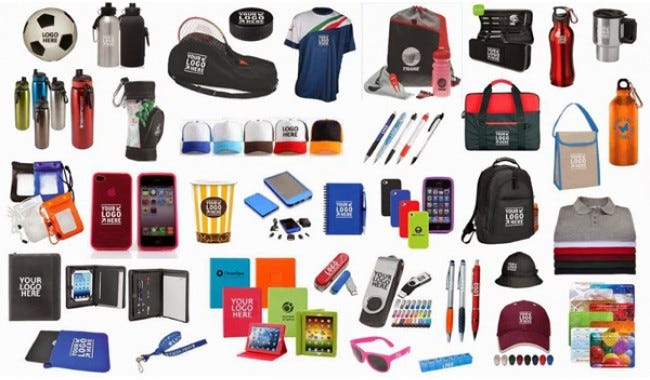Tote bags have become one of the most popular promotional products used by businesses worldwide. From large corporations to small startups, tote bags are a versatile and affordable way for companies to get their brand in front of customers. However, there is more to an effective tote bag promotion strategy than simply printing a logo and handing them out. This blog will explore the key factors to consider when using tote bags for marketing purposes.
Choosing the Right Bag
The first step is selecting a tote bag design and material that aligns with your brand image and messaging. Canvas and reusable fabric bags are environmentally friendly options that customers appreciate. Consider your target audience – a sturdy bag works for hauling groceries while a lightweight bag is better for the gym. Print quality also matters – cheap prints can fade quickly while premium materials last longer as walking billboards. Don’t forget add-ons like pockets, straps or customized colors/designs that make your bags stand out. Testing different prototypes first is wise before a large order.
Timing Your Distribution
When and where you distribute promotional tote bags impacts their effectiveness. Handing them out at public events is ideal for brand exposure but requires budget and staffing. Placing bags in high foot traffic locations like cafes, gyms or stores is cheaper with less effort needed. Sending bags home with customers after a purchase or including them in shipments keeps your brand top of mind later. The timing of your campaign also matters – coordinate with seasonal events or new product launches for maximum relevance. Consider repeat giveaways every few months to maintain visibility.
Including the Right Message
What message will your tote bag convey? Beyond just the company logo, include relevant details customers will find useful like your website, phone number or a catchy slogan. For B2B campaigns, emphasize products/services that meet business needs. Provide a brief description or value proposition to pique interest in learning more. You can even use the extra space for helpful reminders, checklists or inspirational quotes depending on your brand personality. Test different messaging concepts through focus groups or surveys first. The right words can boost recall and impact of every bag distributed.
Tracking Your Campaign’s Success
To maximize ROI, have a plan to track how effectively your tote bag campaign raises awareness and leads to tangible outcomes. Collect email addresses or offer an incentive for contact details to build your prospect list. Include unique codes or URLs on bags to track website traffic. Survey customers on where and how they first learned about your company. Monitor sales figures before and after the campaign to see any correlation. Social listening also provides valuable insights into brand perception. With the right metrics, you can optimize future campaigns based on proven strategies. Data-driven promotions are more likely to receive ongoing budget and support.
Repurposing and Recycling Bags
Once the initial promotional campaign ends, consider creative ways to extend the lifespan of any custom reusable tote bags. Donate them to local charities, schools or community groups in need of reusable bags. Offer a discount to existing customers who bring back old bags for replacements. Cut bags up to make reusable produce bags, laptop sleeves or small purses. Bags can even be recycled into new products like insulation materials if in very poor condition. With some effort, promotional items don’t need to end up in landfills. Repurposing shows customers your brand values sustainability as well as spreading goodwill in the community.
Conclusion
Tote bag promotions require more planning than just printing logos to be truly customized promotional products. From design to distribution to tracking success, a strategic approach ensures your brand gets maximum exposure from every bag. With the right messaging and repurposing strategies, tote bags can keep your company top of mind with customers for a long time to come in an environmentally-friendly way. Done right, they remain one of the most versatile low-cost promotional products available to businesses.


